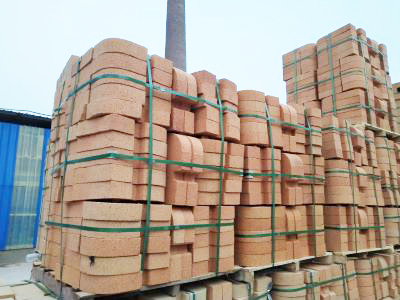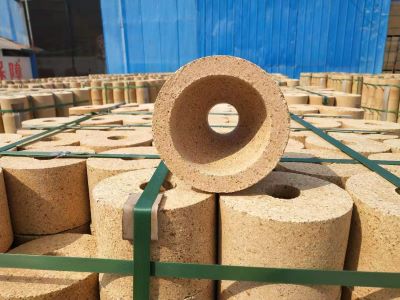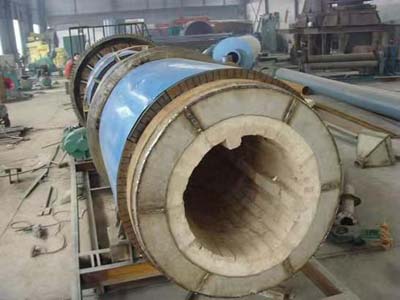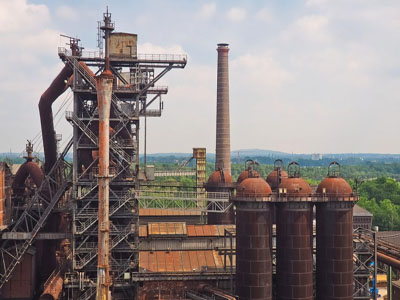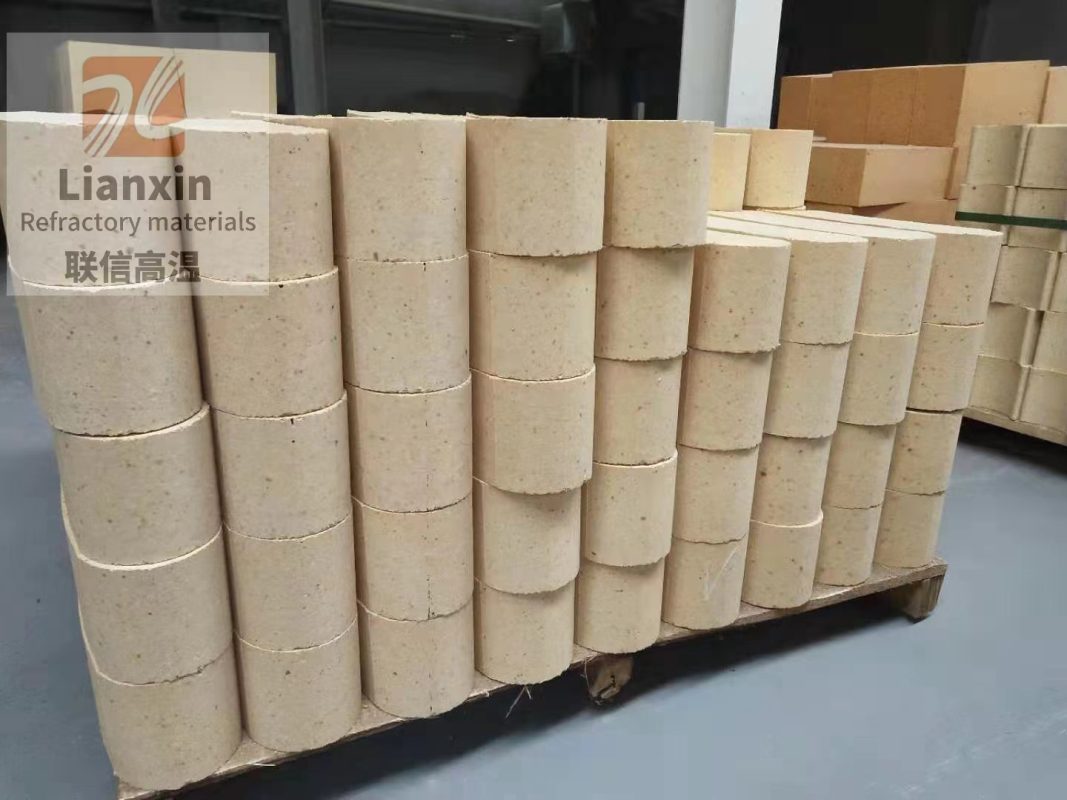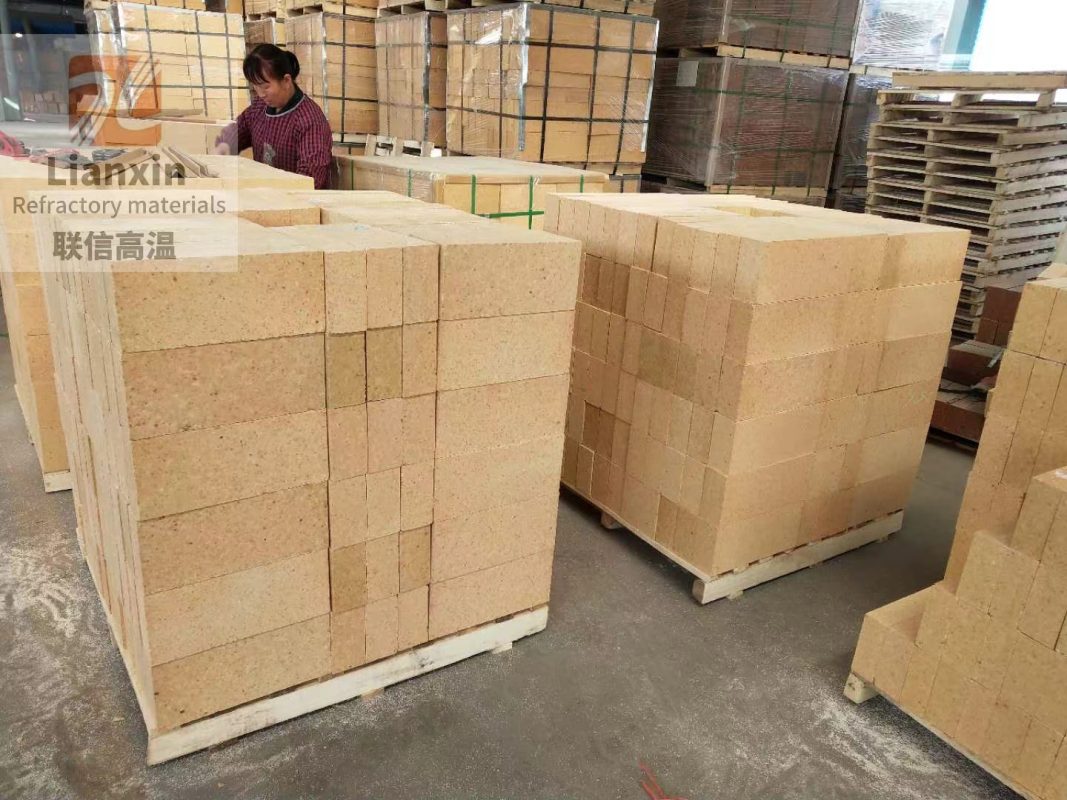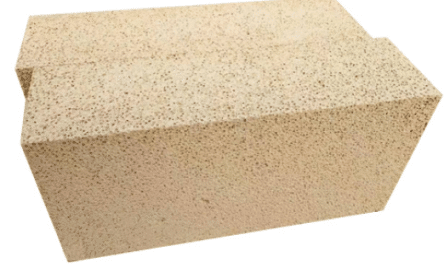Refractory materials are indispensable lining materials in kilns, and high alumina bricks are one of them. Its role and market recognition are unquestionable. Almost all furnaces need to use high alumina bricks.
The quality of high alumina bricks is mainly distinguished from appearance, physical and chemical indicators, sound, weight, etc., which are issues we need to consider when purchasing high alumina bricks.
1. Appearance
The appearance of high-quality high alumina bricks is the primary manifestation of their quality. Observed with the naked eye, its surface should be smooth, the color is usually beige, and the color will change slightly with the different alumina content. The higher the content, the whiter the color may be. At the same time, the four sides of the brick should be flat, without broken corners and cracks, and the black spots should be as few as possible. It is worth noting that the black spots on the surface of high alumina bricks often come from the formation of ferric oxide during the calcination process. If the black spots appear in a large area, it may mean that the ferric oxide content of the brick is too high, which to a certain extent reflects that there may be problems with its ratio, which in turn affects the service life of the brick.
2. Sound
Another tip to distinguish the quality of high alumina bricks is to listen to the sound. When two bricks are hit against each other, high-quality high alumina bricks will make a crisp and non-muffled sound, which often means that its internal structure is tight and of high quality.
3. Weight
Weight is also an important indicator for judging the quality of high alumina bricks. According to the specifications, high alumina bricks of different grades have different weight standards. Generally speaking, the weight of a first-grade high alumina brick is about 4.4 kg, the second-grade is about 4.0 kg, the third-grade is about 3.7 kg, and the special grade may reach 4.8 kg. It should be noted that these weights are within the range of 0.1-0.2 kg up and down, which are all normal errors. In addition, the weight of high alumina bricks will also be affected by their alumina content, and bricks with different alumina contents will also differ in weight. Therefore, when distinguishing different grades of high alumina bricks, we also need to consider their alumina content.
4. Physical and chemical indicators
However, the physical and chemical indicators that best reflect the quality of high alumina bricks are still its physical and chemical indicators. These indicators include the strength, bulk density, reburning line change and load softening degree of refractory bricks. There are certain differences in these physical and chemical indicators between the first, second, third and special grade high alumina bricks, so they need to be selected according to the actual use occasions and needs.
The quality of high alumina bricks affects the service life of high temperature kilns, so they should be carefully selected when purchased, and different high alumina bricks should be used in different parts, because the working temperature of each part in the high temperature kiln is different, so when using them, different types of high alumina bricks should be selected according to the different temperatures, so as to ensure the long-term and stable use of high temperature kilns.



